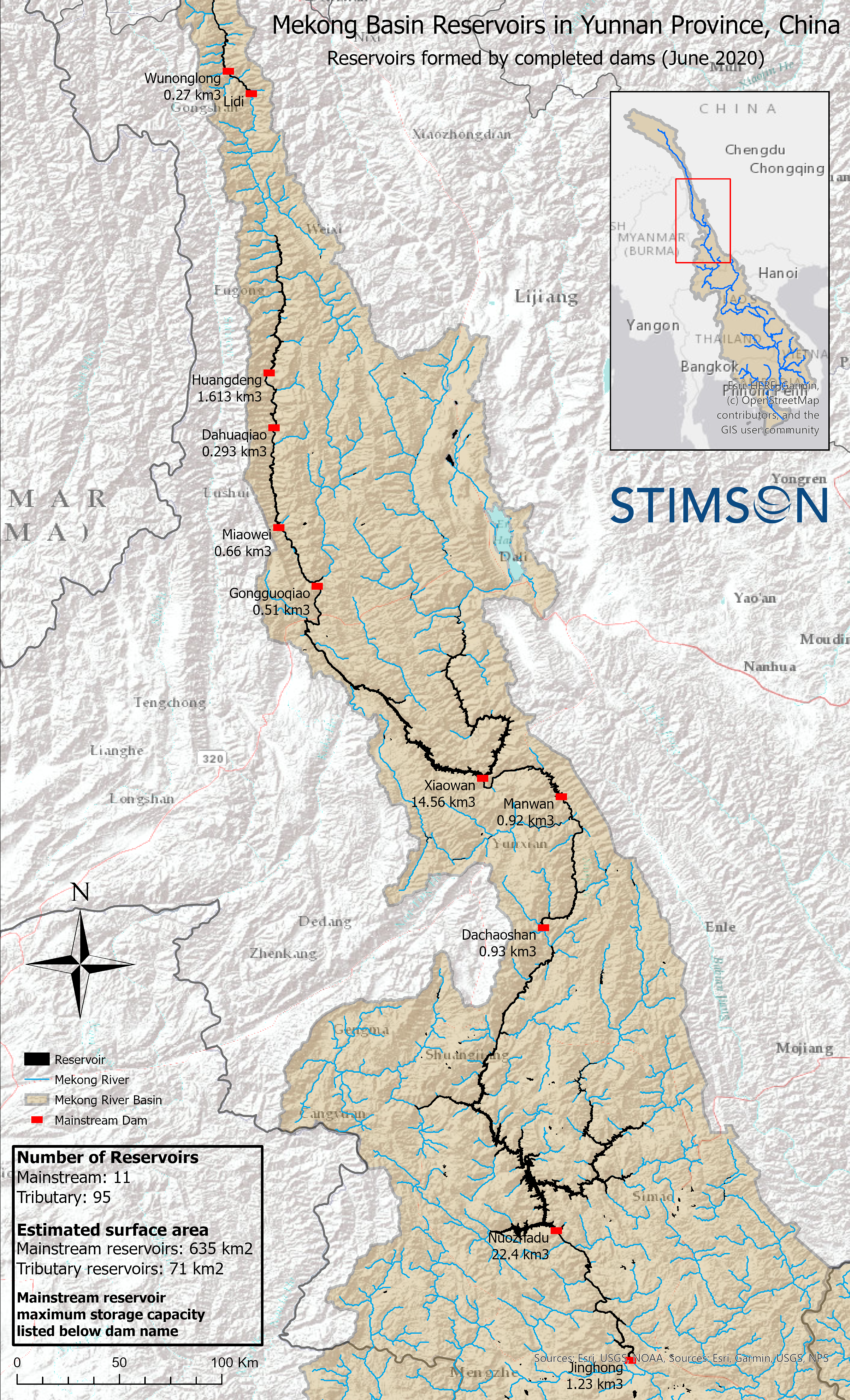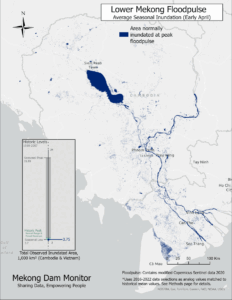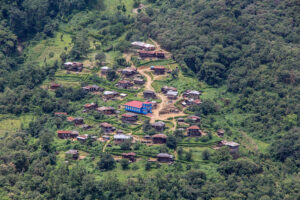This map shows more than 100 reservoirs in Yunnan province on China’s portion of the Upper Mekong. Previous maps of the Upper Mekong typically only visualize the location of 11 mainstream dams. Yet, those 11 mainstream dams form a cascade of reservoirs that has turned most of China’s upstream mainstem into a dead river. The sheer size and shape of these reservoirs do not show up on political maps of China or on regional maps of Asia. Notably, the Nuozhadu Reservoir, one of the world’s largest in terms of volume and surface area backs up eleven tributaries of the Mekong and stretches into several localities in Yunnan. The Nuozhadu Reservoir has a storage capacity of 22.4 cubic kilometers, equivalent to half of the Chesapeake Bay. The Xiaowan Reservoir upstream is also one of the world’s largest with storage capacity of 14.56 cubic kilometers, and when full, it backs up the Yangbi River almost to Erhai Lake in Dali.
An entirely new addition to the literature are the locations and shapes of 95 tributary dams in China’s portion of the Mekong. Some of these dams form small hydropower cascades on the larger tributaries of the Mekong in China and others are local reservoirs for irrigation and water storage. By using satellite imagery to search the Mekong tributaries in China, our team located 95 reservoirs of varying sizes. Some form hydropower cascades and others look to be designed for local water usage as Yunnan urbanizes. Their combined surface area is estimated to be 71 square kilometers, roughly 11% of the total cumulative surface area of the 635 square kilometers of mainstream reservoirs. Each of these dams delivers an incremental impact to the Mekong’s hydrological cycle and changes downstream and local ecological processes upon which tens of millions of people derive their economic livelihood. Understanding the impacts of these newly identified reservoirs requires further study.




